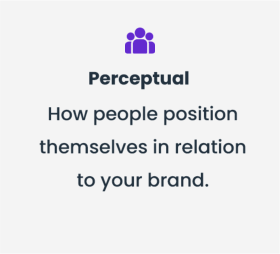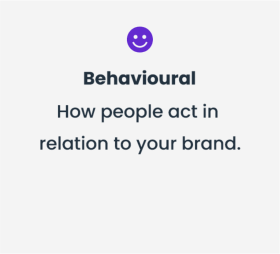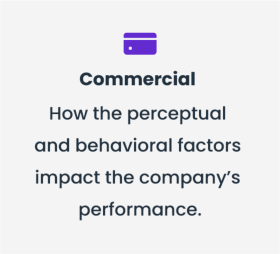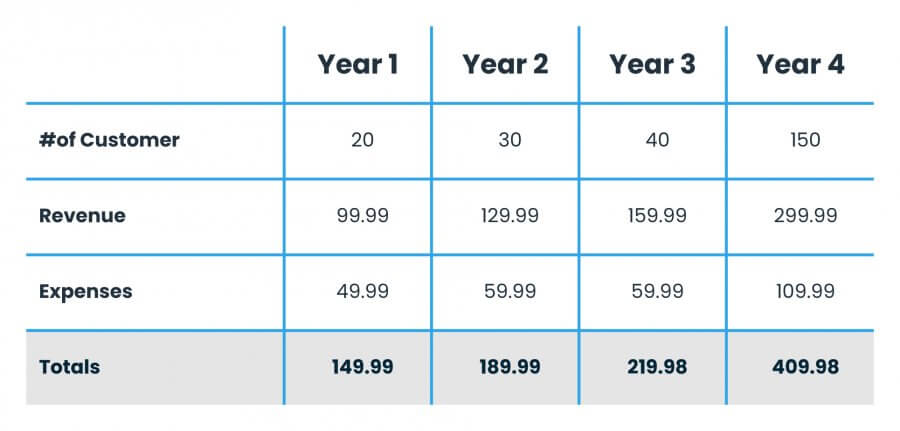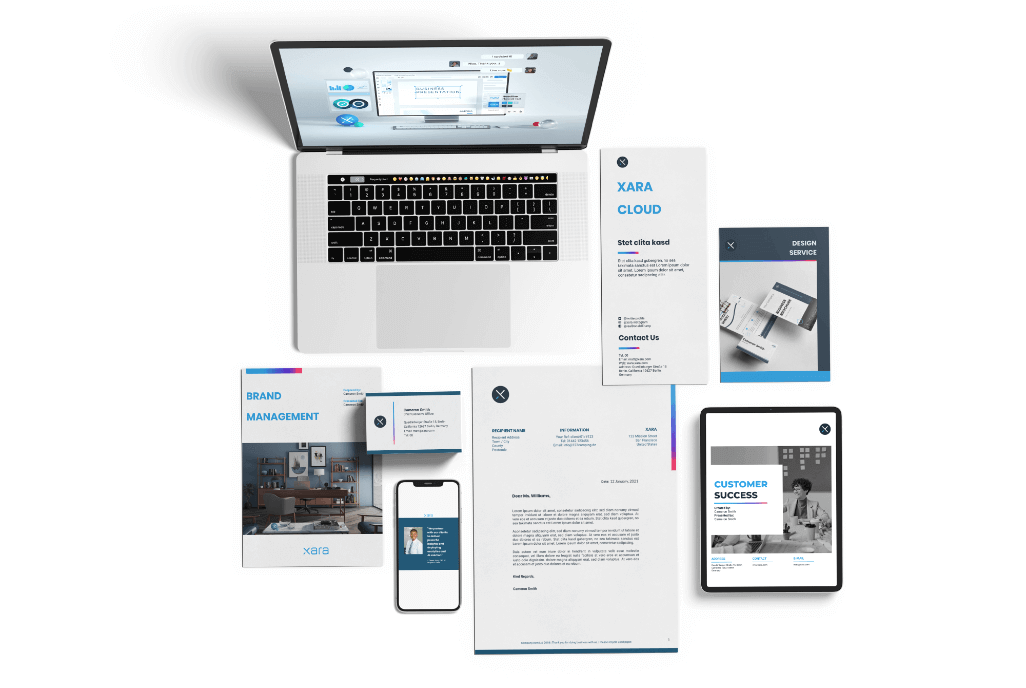
4 min read
In business, there’s a famous saying that goes “you can’t manage what you can’t measure.” And consequently, “if you can’t measure it, you can’t improve it.” These sayings are attributed to Peter Drucker, probably the most famous management consultant of the 20th century. But the essence of these sayings still rings true today — you can only get better at something if you know the results.
For many companies embarking on their first branding journey, thinking about results can be daunting. Where do we start? What early wins can we gain? Defining the manifesto, tagline, or mission for the branding efforts is difficult as it is — how do we know we have made the right choice and the efforts will pay off? More or less, these are the questions that come up in most branding meetings.
When it comes to the brand image, one can never measure the key performance indicators (KPIs) often enough. Sure, you can have yearly assessments to establish new goals, but you should keep track of your branding campaign KPIs on a daily basis. To this end, let’s explore the underlying principles of branding and discuss how embedding core branding KPIs in the organizational culture is the first step to establishing brand equity and a loyal customer base.
Essential Brand KPIs
When it comes to measuring KPIs for branding, there are three stages of the customer journey that you should have in mind as you start assessing:
1. Perceptual
Brand Awareness looks at the extent to which your target audience knows the qualities or image you are trying to project about your product or services. To gauge brand awareness, keep track of the following KPIs:
- Top of Mind Awareness — the extent to which consumers think of your brand when considering your product or service category.
- Brand Recognition — if consumers can name your brand when they see your tagline, logo, or other brand elements.
- Advertising Recall — when consumers are able to recall or describe an advertisement in relation to your brand.
Brand Associations refer to the connections that come up in the consumers’ minds as they are considering your brand. The KPIs here are:
- Functional Associations — include the logical attributes connected to your brand. Could be value for money, product quality, or business ethics.
- Emotive Associations — consist of the conscious and unconscious feelings consumers have toward your brand. Could be joy, surprise, serenity, or others.
Brand Preference looks at whether a consumer would consider your brand and if they would use your offering over your competition. The most prominent KPIs are:
- Consideration — how many consumers would or have used your offering.
- Preference — how many consumers would consider your brand over a group of competitors.
Brand Interaction considers the experience consumers have with your brand and measures general satisfaction or dissatisfaction levels. This includes the extent to which they would recommend your brand to their peers or feedback based on a recent experience. In terms of KPIs, you want to look at:
- Net Promoter Score — the score obtained by subtracting the consumers who would not recommend a product from those who would.
- Customer Satisfaction Score — rates the satisfaction level at a certain moment. Could be rated prior to renewals, after customer support, or inquiry interactions.
- Customer Effort Score — measures how user-friendly is a product or service and if the consumer is likely to continue to pay for it.
- Sentiment Score — means conducting a social media sentiment analysis and comparing favorable and unfavorable conversations about your brand.
- Net Trust Score considers if your brand is considered trustworthy by consumers.
2. Behavioral
Engagement implies the emotional commitment to a brand. This measures the business activity online, leaving aside the purchase behavior. The KPIs you should keep track are:
- Website Visits — including the number of visits, sessions, time spent on a page, bounce rate, etc.
- Ad Click-Through Rates — it’s the metric that compares the number of clicks brands get on their ads per times the ad is actually shown.
- Email Performance Rates — imply tracking the deliverability, open rate, and click rate of your emails.
- Social Mentions — analyzes the number of times your brand is mentioned on social media platforms.
- Share of Voice — looks at the market ownership your brand covers in comparison to the competition. Usually includes visibility and to what extent you dominate the conversation in your industry.
Purchase is usually tied to the brand conversion funnel and keeps track of the way consumers relate to your brand in terms of purchase. The most common KPIs are:
- Usage — how many people use your brand from a given pool of consumers.
- Recency — how new is the latest purchase from a given consumer.
- Frequency — how many times consumers make a purchase in a given time frame.
- Value — how much value brands can derive from consumer purchases.
- Conversion Rates — how many visits (online or in brick and mortar stores) result in a purchase.
3. Commercial
Financial Measures consider the impact of the branding efforts on the bottom line of a company. Important KPIs here are:
- Market Share — the number of purchases from a brand compared to the wider market.
- Sales Volumes — the total number of sales occurring in a given time frame. It can be divided into sub-brands or specific product/service lines.
- Sales Revenue — the money owned from the total products/services sold within a given time span.
- Cost per Acquisition — the cost required to acquire a customer or make a sale.
- Customer Lifetime Value — the average amount a consumer spends on a brand in a given time.
The Bottom Line on Branding KPIs
These three stages are simply a starting point to understanding your branding KPIs in real-time. Keeping track of these metrics on a regular basis, as well as adjusting and fine-tuning tactics as new information becomes apparent, lays the foundation for a long-term branding strategy. And longevity is key. Too many methodologies come and go, promising a lot and delivering too little.
Developing credible branding department KPIs and monitoring them consistently will allow businesses to organize successfully and evaluate the success of their branding strategies based on real data. In turn, this will enhance competitive agility and open up new opportunities to capture growth.
The Xara branding hub
Whether you want to grasp the basics of branding for your new business, want to work on your brand strategy, are stuck with your brand visuals or want to find branding tips on how to grow your business, check out:
- Foundations — Learn the basics of branding
- Strategy — Plan your brand strategy
- Build Story — Build a brand 1: Your brand story
- Build Visuals — Build a brand 2: Your brand visuals
- Management — Control your brand: Brand management
- Growth — Grow your brand: Brand marketing
- Improvement — Improve your brand: The rebrand
- Measurement — Measure your brand: Brand analytics and KPIs
